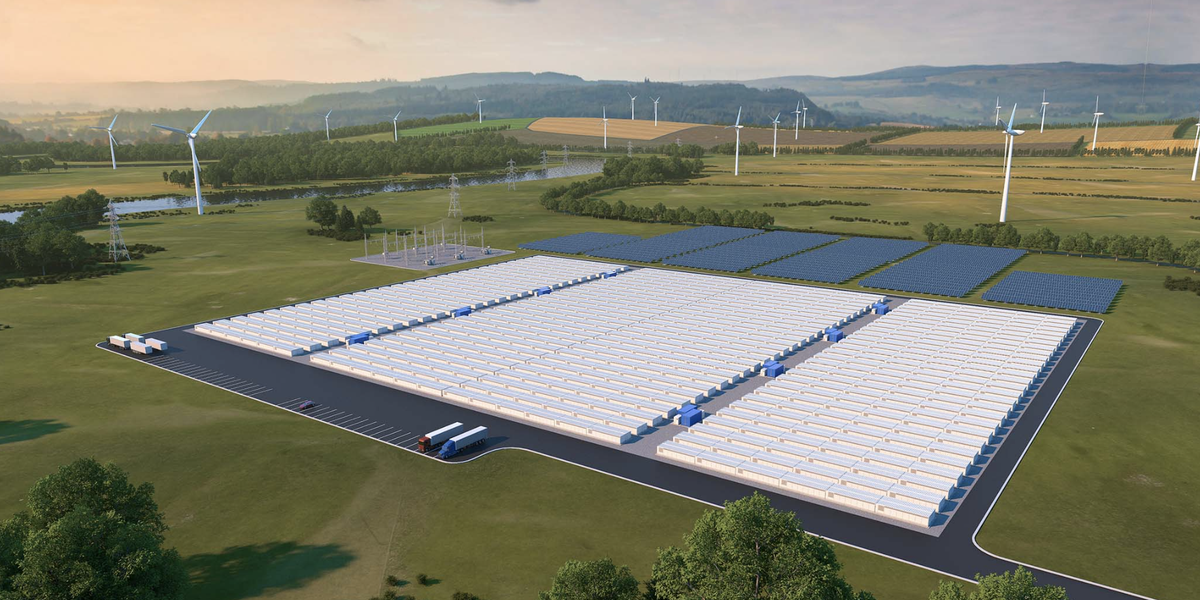The Norwegian "irs" Skatteetaten has just surprisingly started to tax energy sold from home solar panels. At the 37.8% rate used when you sell shares at the stock market. Unfortunately you cannot deduct losses from the same.
Most homes with solar in Norway are without batteries. Since selling surplus energy was a nice little earner. But now batteries make much more sense. Keep the power ourselves and use it later when needed. No tax man involved.
Personally I have put my solar panel plans on hold until Tesla start selling powerwalls in Norway.
Source: Skatteetaten varsler skatt på solenergi: – Kan stanse hele veksten
Translated a part of this:
Most homes with solar in Norway are without batteries. Since selling surplus energy was a nice little earner. But now batteries make much more sense. Keep the power ourselves and use it later when needed. No tax man involved.
Personally I have put my solar panel plans on hold until Tesla start selling powerwalls in Norway.
Source: Skatteetaten varsler skatt på solenergi: – Kan stanse hele veksten
Translated a part of this:
The most decisive factor is still the price of electricity, and whether you can use the electricity from the solar cells themselves. The problem is that it is during the summer months that you make a profit - when the electricity price and electricity consumption are at their lowest. That's why some electricity companies offer "solkonto", a service that allows people to save their surplus for the dark hours.
The alternative is to sell excess electricity at market price, and then buy electricity in the usual way at a higher price in the winter.
In reality, it will take more than 15 years before the owners of the solar cell plant in the example will start saving money on electricity. The tax authority has notified that their profit stream will also be taxed.
- In that case, you will no longer be able to use the network as a battery in the same way, says Andreas Strømsheim-Aamodt, head of business policy at Nelfo.
He believes that the possibility of getting paid for excess electricity has meant that more people have invested in solar cells.



